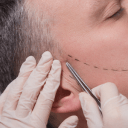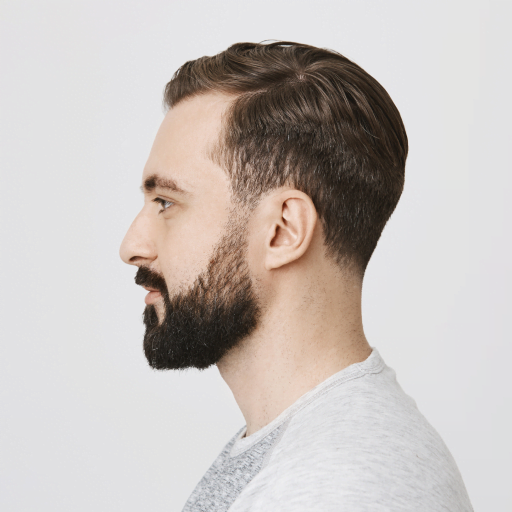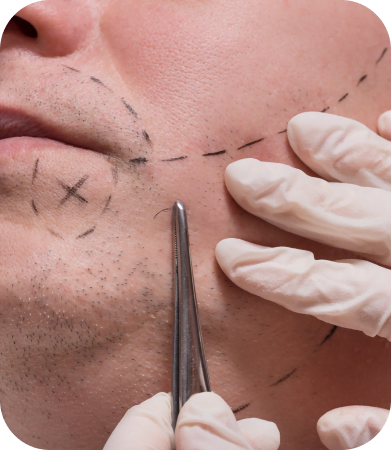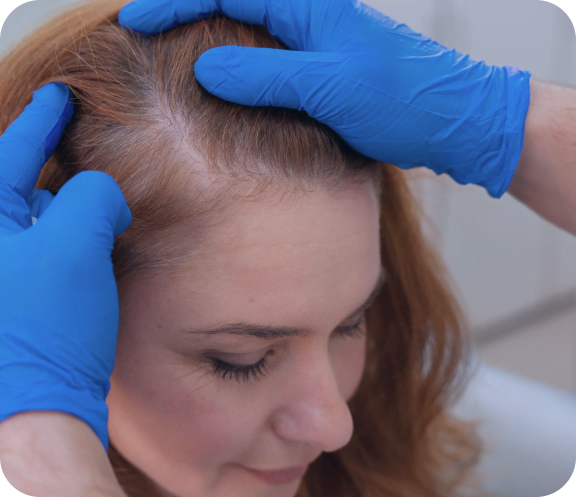Facial Hair Transplants
Dr. Lawrence Barnard, a highly experienced hair transplant physician, represents a rare combination of artistry and scientific excellence. He is a board-certified physician specializing in increasing the growth and maintenance of brilliant and glowing hair. With Dr. Barnard’s esteemed leadership, Long Island Hair Transplant Center has pioneered the best ways to keep your follicles productive and your appearance at its best.
Dr. Dominick Golio is a renowned facial, plastic, reconstructive, and oculoplastic surgeon. He possesses a depth of hospital, outpatient, and research experience.



